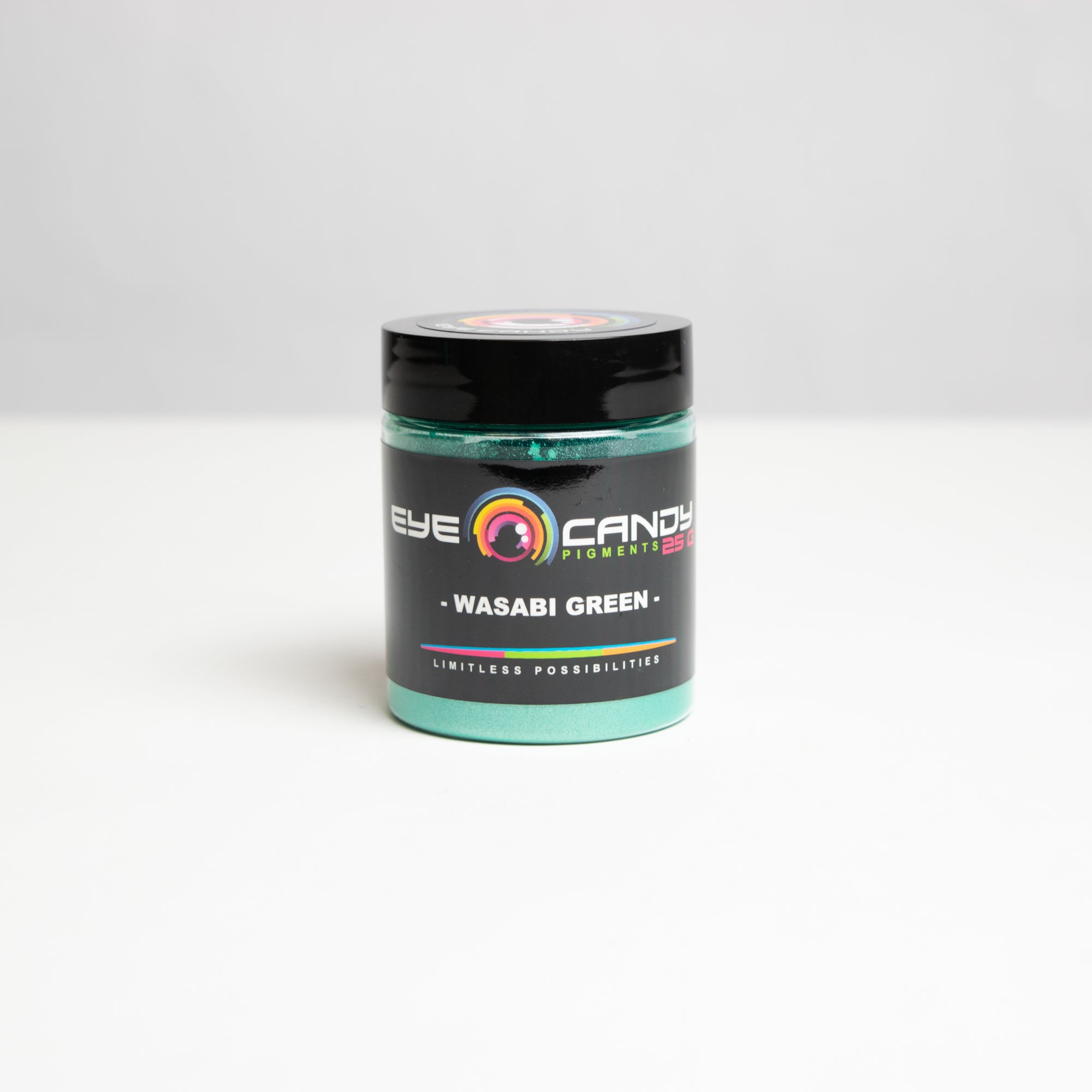How To Properly Use Color Theory in Your Art

For some artists, their moods or emotions help them choose colors. Still, even the best artists sometimes question if they are selecting the best colors for their projects. There’s a solution for that, and it’s called color theory. If you’re intrigued and would like to know more about properly using color theory in your art, read on as we explore the topic.
What Is Color Theory?
Defining colors is tough, but color theory gets us closer to that possibility. Color theory is a term for understanding what colors are, how they convey or encourage emotions, how they work together, and how we can use them for visual communication.
How We See Color
To understand colors, we must turn to the basic fact that light is a combination of different wavelengths. The eyes and the brain interpret these wavelengths, determining the colors you see. Here’s what happens within your brain and your eyes that allows you to see your colorful world:
- You look at an object, and the light waves hit your eyes.
- The rods and cones in your eyes let the brain know, through the optic nerve, that wavelengths are present.
- Your thalamus (a part of the brain) sorts out those signals and delivers the information to your visual cortex.
- The visual cortex sees the colors and sends that message to the prefrontal cortex, which is right above your eyes.
- You now see the colors!
Applying Color Theory
Now that you understand how you see colors, how can you properly use color theory in your art? Color schemes and balance are two areas that are most useful for experimenting with color theory. Let’s look at what those are.
Color Schemes
Understanding color schemes will help create less doubt in color choices. Color schemes refer to the way certain colors work well together, either to create a feeling or simply to look pleasing to the eye. The color wheel is the best way to learn color schemes and how they work. Here are the six basic color schemes:
- Monochromatic: only one color
- Analogous: colors that are neighbors on the color wheel
- Complementary: colors opposite each other on the color wheel
- Split complementary: three colors, including a main color, a color complementary to the main color, and the one right next to the complementary color
- Triadic: three evenly spaced colors on the color wheel
- Double complementary: two sets of complementary colors directly across from each other on the wheel
Using the color wheel as a guide, you can apply color theory and choose the best colors for your art.
Balance
Balancing colors means you have one primary color that you balance according to the color wheel. To create balance after you’ve chosen the colors, consider the following elements:
- Saturation
- Contrast
- Warm and cool tones
Play around with adjusting these metrics until you achieve a pleasant color combo backed by your understanding of the color wheel.
Understanding color theory and how to apply it makes colors and color choices more meaningful. At Eye Candy Pigments, we offer mica powder pigments in beautiful colors, including white mica for mixing into several mediums for satiny and shimmery looks. Contact us with any questions regarding our high-quality pigments for artists and crafters.



